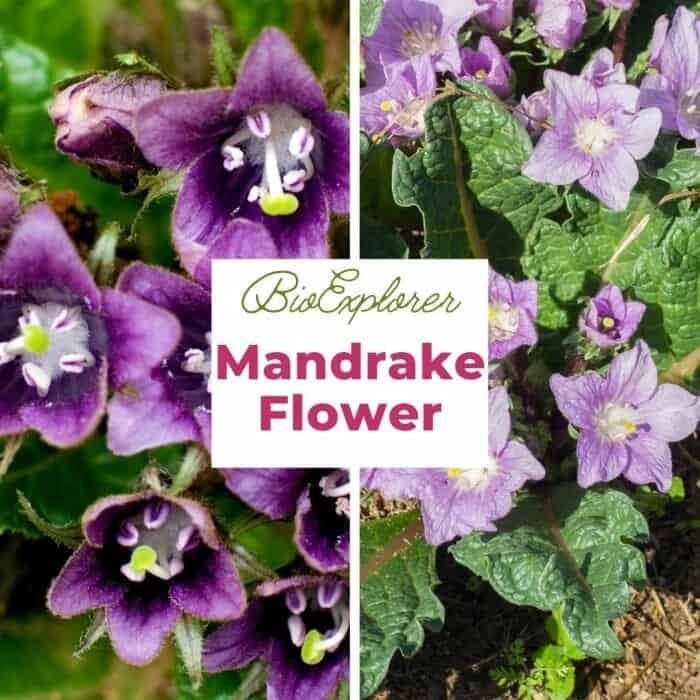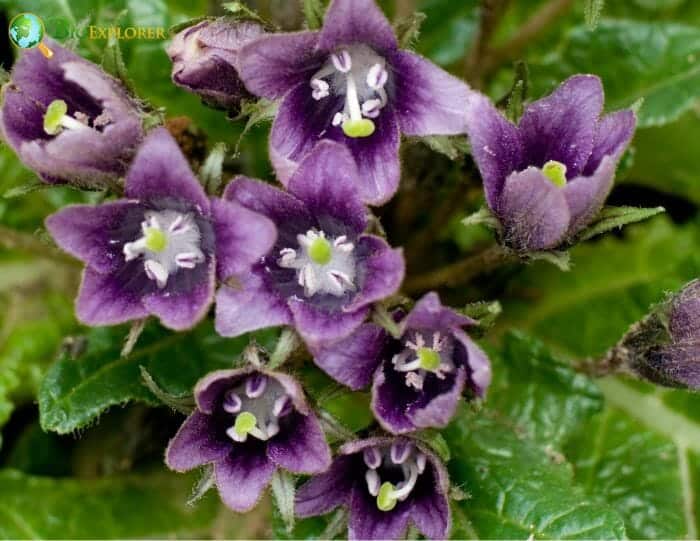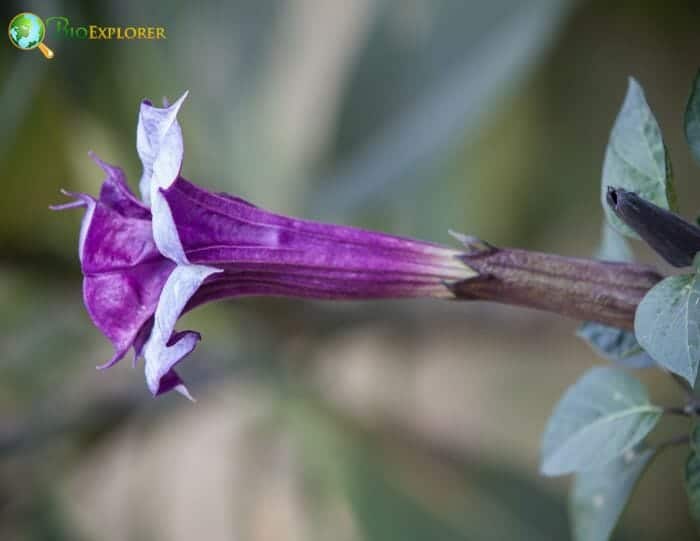
Also known as Satan’s apple, long missing from American pleasure gardens, mandrake (Mandragora officinarum) is staging a comeback, thanks to Harry Potter films and books.

Mandrake plants bloom with beautiful white and blue flowers in spring, producing attractive orange-red berries in late summer.

Mandrake is the common name for herbaceous perennials that make up the genus Mandragora in the Solanaceae (nightshade) family. There are 6 mandrake species[1] native to the Himalayas and Mediterranean.
The crispy, wrinkled leaves of the mandrake may be reminiscent of tobacco leaves. They can reach heights of up to 41 cm (16 inches) long but lie flat on the ground so that the plant only reaches a height of 5 to 15 cm (2 to 6 inches).
The solitary flowers have a bell-shaped crown of 5 petals, and they vary from purple to green –yellow. The flowers bloom in the center of the plant in spring. Like many members of the Solanaceae family, the mandrake plant is poisonous.











